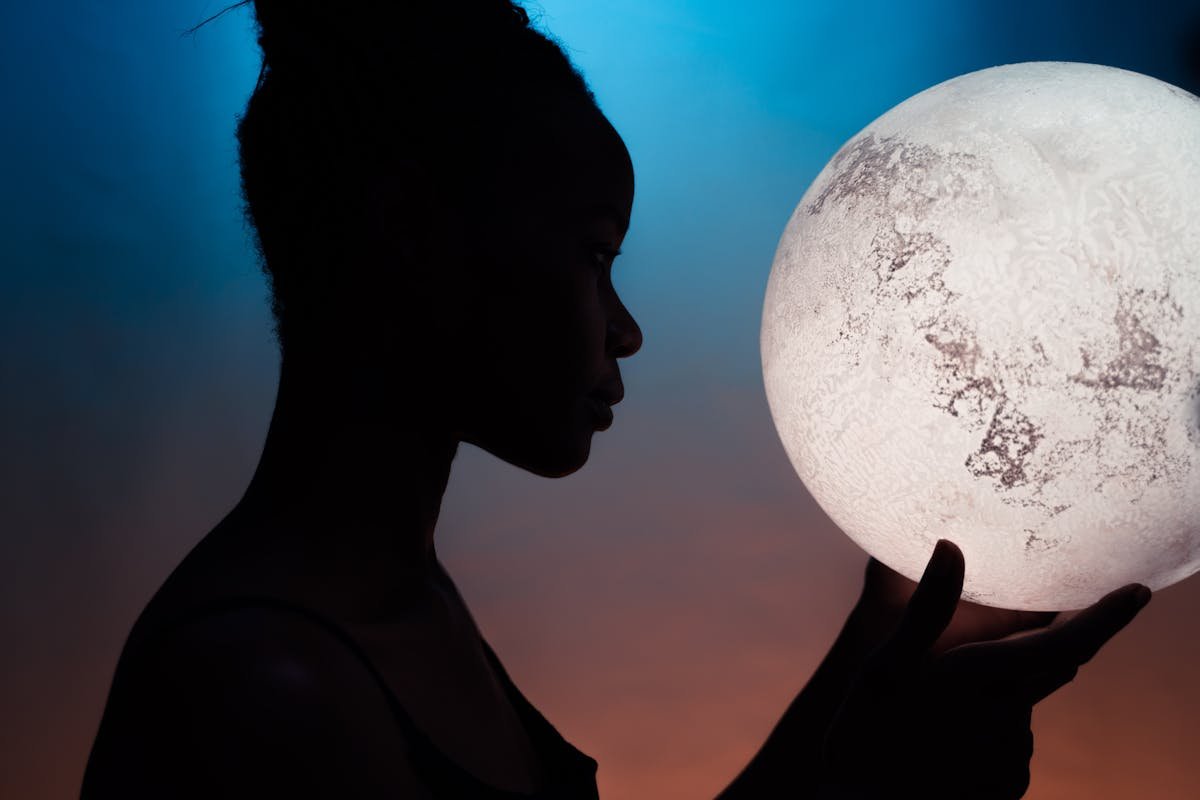The Moon’s Dark Side Isn’t Empty—It’s Hiding What We Fear the Most
Space & The Universe / Date: 05-25-2025

You’ve seen the moon a thousand times. Glowing. Familiar. Harmless, even. But here’s something that might mess with your sense of cosmic comfort: half of it—the far side—has never been visible from Earth. Ever.
NASA refers to it as the "far side," but let's cut the sugarcoating: it's the dark side. And for decades, governments, scientists, and some, ahem, less-than-mainstream organizations have all posed the same uncomfortable question: what's really out there?
In this post, we’re diving headfirst into what we know, what’s been kept in the shadows, and what might actually be lurking behind that lifeless glow. Buckle up.
Why the Moon’s “Dark Side” Is Not Just a Shadowy Myth

Let’s get one thing straight—there’s no part of the moon that’s always in darkness. The "dark side" receives the same amount of sunshine as the "near side." The only reason we don’t see it? The moon is tidally locked. It spins at the exact speed it orbits us. So one side always faces Earth, while the other side stares out into space like an ignored stepchild.
So… why the spooky rep?
Blame the Cold War. In the 1960s, both the U.S. and Soviet Union tried to plant flags (and secrets) on the moon. The Soviets’ Luna 3 probe took the first fuzzy image of the far side in 1959—and what they found wasn’t just barren rock. The terrain was drastically different. Fewer flat plains, more chaotic craters. Less basalt, more weird mountainous zones. The side we can’t see? It's more hostile.
Here’s the twist: Despite knowing about it for 60+ years, we’ve barely explored it.
What China’s 2019 Lunar Landing Didn’t Want to Talk About
In 2019, China's Chang'e-4 mission made history by making the first-ever landing on the far side of the moon. Big win, right? But what most media skipped over was this: the mission detected unusually strong radio signals, some deep-space radiation patterns, and—get this—a possible layer of frozen water buried beneath the regolith (moon dirt).
Now why does this matter?
According to a 2024 sub-study published under the International Lunar Science Network, certain radiation bursts from the far side resemble those found near black holes. Don’t worry—we’re not saying there’s one on the moon. But it means the moon's backside interacts with cosmic rays in odd ways. Unexplained, even now.
And water? That changes everything. It means future bases—or hidden ones—could be sustained there without constant Earth supply.
So ask yourself: if a country did want to build a hidden base, wouldn’t the dark side be… perfect?
The Tech Billionaires Who Want to Colonize the Dark Side First
It’s not just countries looking up.
In a 2025 SpaceTech panel (yes, I sat through the whole 2.5 hours), a spokesperson from AstroHaven—a shadowy Elon-Musk-adjacent startup—announced plans to establish a data relay station on the far side. Their goal? "Privacy-optimized communications" that are not visible from Earth.
The word "privacy" is really just a catchphrase for "undetectable."
What’s even weirder? A leaked internal roadmap from another company, OrbitalGenesis, suggested potential use of the dark side for deep-space listening posts and AI training hubs. Why? Because there’s zero electromagnetic pollution. Total silence. The perfect place for high-risk AI experiments no one wants you to know about.
What We Fear—and Why Some of It Isn’t Paranoia
Let’s break this down:
Alien Bases?
Laugh all you want, but even NASA insiders have hinted at weird anomalies. At the 2024 Lunar Frontier Symposium in Berlin, a former JAXA scientist mentioned “non-random geometric formations” captured in far-side images. It isn't evidence of rocks, but it's also not evidence of aliens.
Covert Military Ops
Several defense contractors are quietly exploring moon-adjacent contracts. According to a leaked 2024 Lockheed Martin document (first reported by SpaceIntelReport), there’s talk of “tactical lunar asset deployment” and “unmanned reconnaissance systems.” That’s military code for: eyes in the dark.
Psychological Blindness
Humans don’t deal well with mystery. When we can’t see something, we fill the gap with fears. Monsters, conspiracies, lost civilizations—you name it. The dark side of the moon is a psychological Rorschach test we all fail.
A Strange Case: The Apollo Transmission That Went Silent
This one still haunts ham-radio nerds. During Apollo 16, a 2-minute blackout occurred when the capsule passed over the far side. NASA claimed “signal interference.”
But according to a 1974 memoir by engineer Franklin Wilcox, the astronauts mentioned “a rhythmic humming” and a “metallic resonance”—terms that don’t show up in official logs.
The most unsettling part? The audio exists. It’s been cleaned, distorted, passed around forums and radio circles for decades. And guess what—it doesn’t sound natural.
Here’s What You Can Actually Do With This Knowledge
Let’s say you’re not into space conspiracies. Cool. But knowing this stuff still matters. Why?
- Data Privacy: Watch out for space-based services promising “far-side encryption.” Sounds fancy—might be shady.
- Investment Scams: Moon colonization startups are the new crypto. Don’t fall for ones that promise “exclusive lunar access rights.”
- Scientific Curiosity: Ask questions. Fund open science. Push for transparency in moon missions. Demand public imaging from dark side explorations.
Follow Us
Newsletter
Subscribe to our newsletter to stay updated with our latest news and offers.
We respect your privacy.Trending









